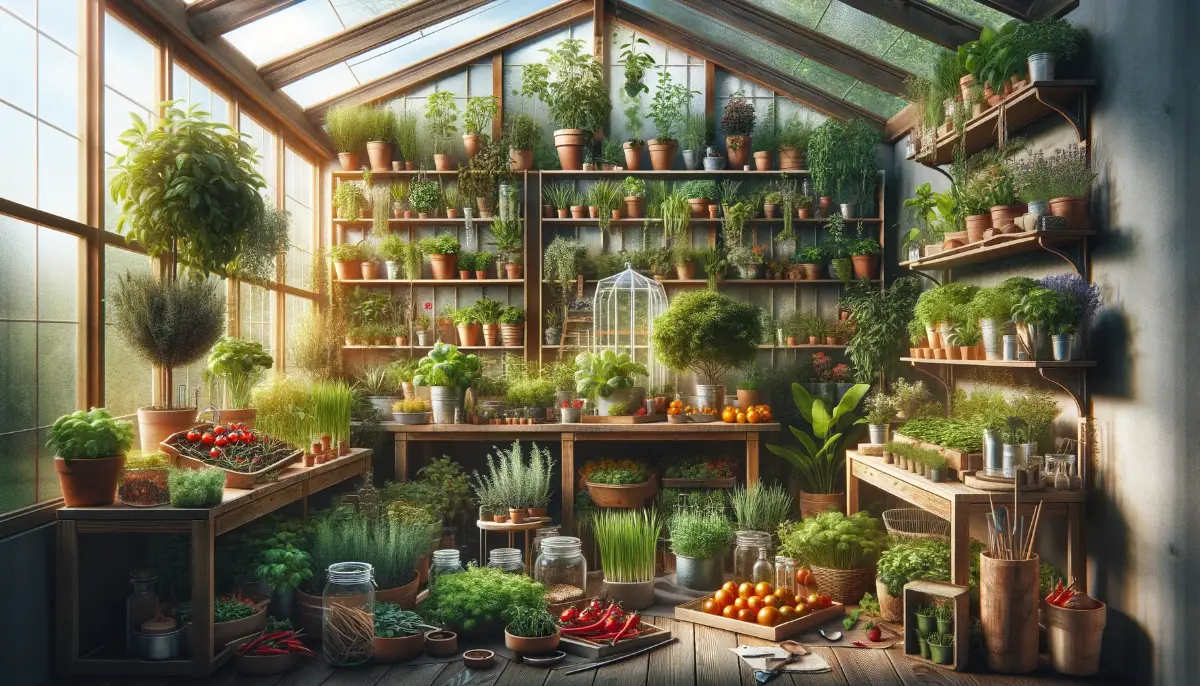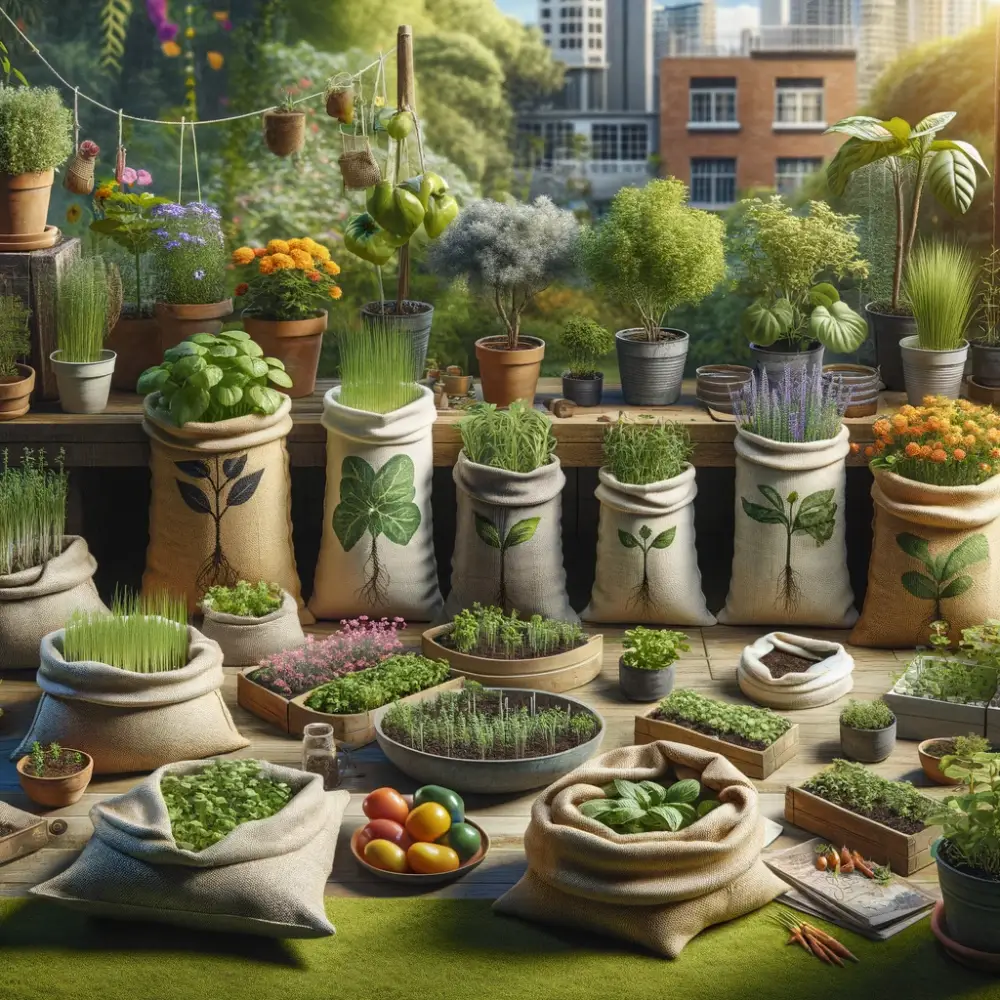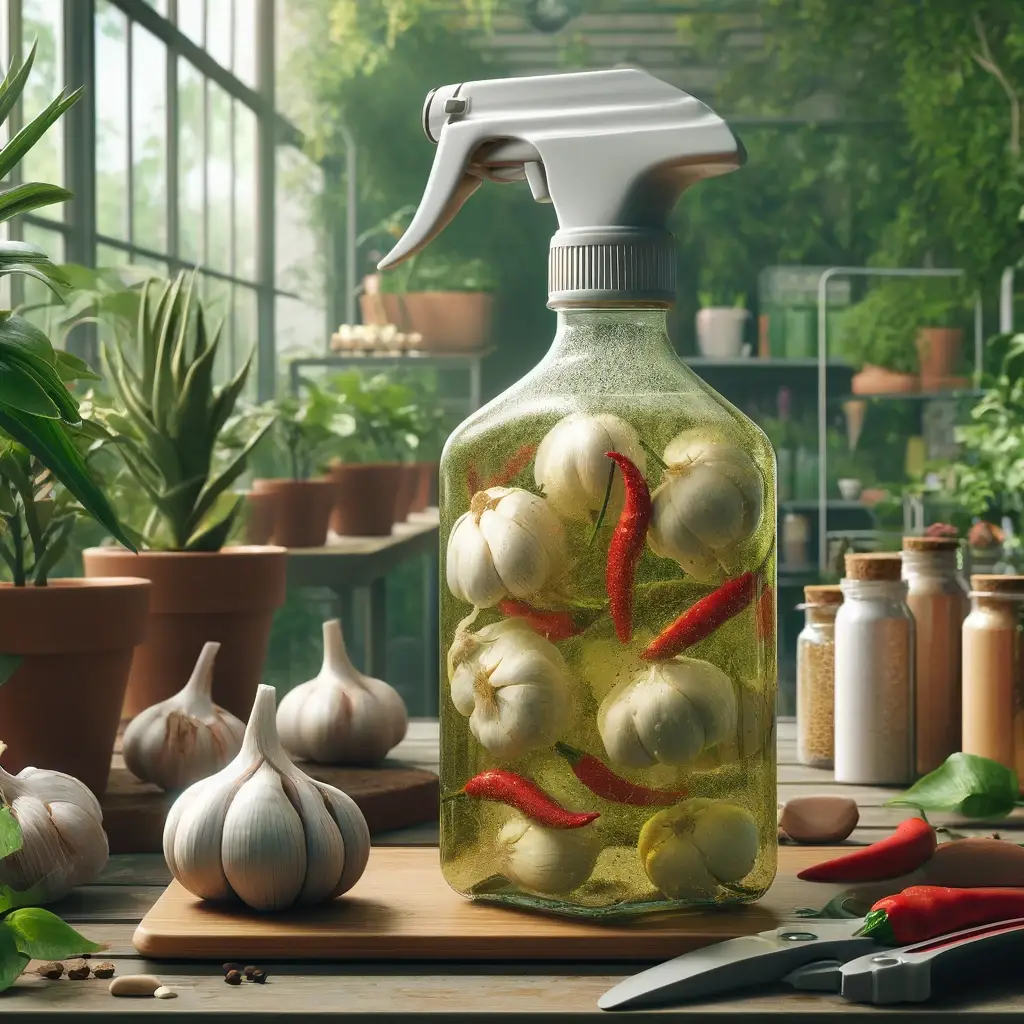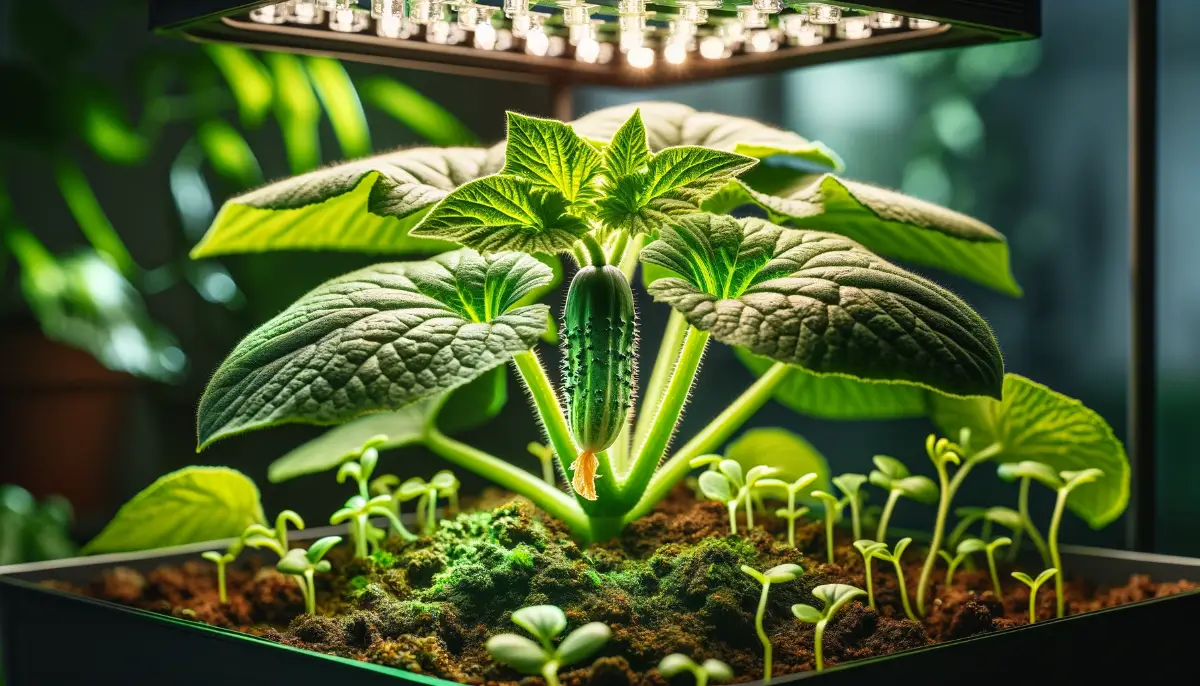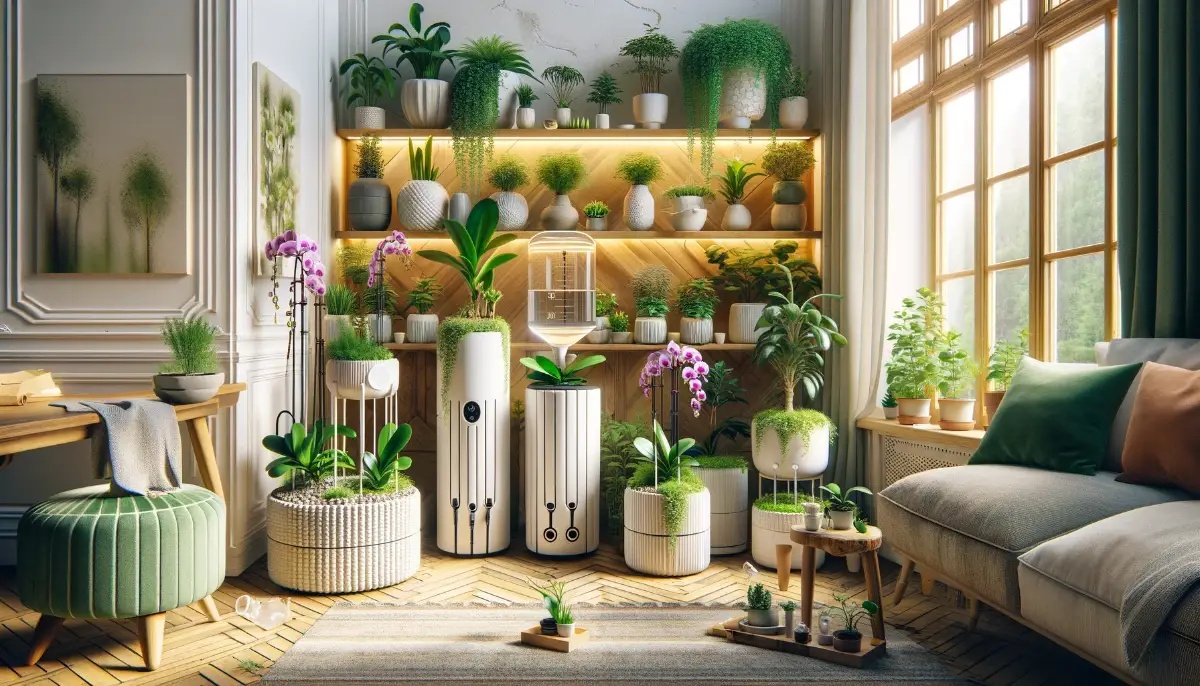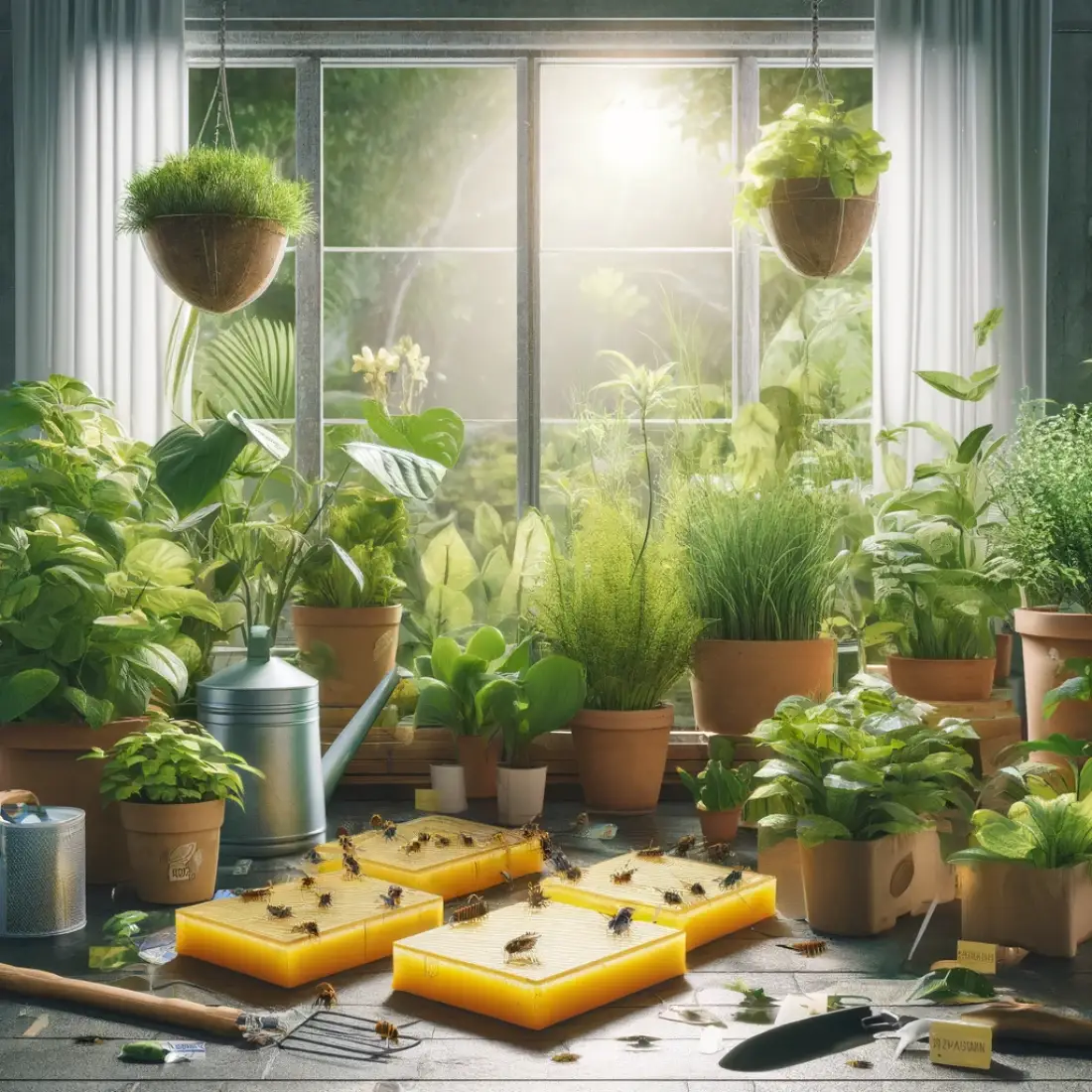Setting up an indoor greenhouse is an excellent way to enjoy gardening year-round, regardless of outdoor conditions. An indoor greenhouse allows you to create a controlled environment that promotes optimal plant growth, ensuring your plants thrive.
Whether you have a small apartment or a spacious home, an indoor greenhouse can fit into various spaces, from a sunny windowsill to a dedicated room.
Choosing the Right Space for Your Indoor Greenhouse
Choosing the right space for your indoor greenhouse is crucial to ensuring your plants receive the optimal conditions for growth. The ideal location should offer ample natural light, adequate space, and be easily accessible for maintenance.
Firstly, consider light availability. Natural light is essential for plant growth, so placing your greenhouse near a south-facing window is ideal. If natural light is limited, you can supplement with grow lights. These lights mimic the sunlight spectrum, ensuring your plants get the necessary light for photosynthesis.
Next, evaluate the space. Ensure there is enough room for your greenhouse structure, plants, and equipment. Small greenhouses can fit on windowsills or countertops, while larger setups may require a dedicated corner or room. Accessibility is also important; you need to easily reach your plants for watering, pruning, and harvesting.
Temperature and humidity control is another critical factor. Avoid placing your greenhouse in drafty areas or near heat sources, as fluctuations in temperature can stress your plants. A stable environment with moderate humidity levels is ideal. You might consider using a humidifier or dehumidifier to maintain optimal conditions.
Finally, consider the overall aesthetics and functionality of the space. Choose a location that complements your home’s design and where you can enjoy the visual and health benefits of your indoor garden. By carefully selecting the right space, you’ll create a thriving environment for your plants, enhancing both your home and your gardening experience.
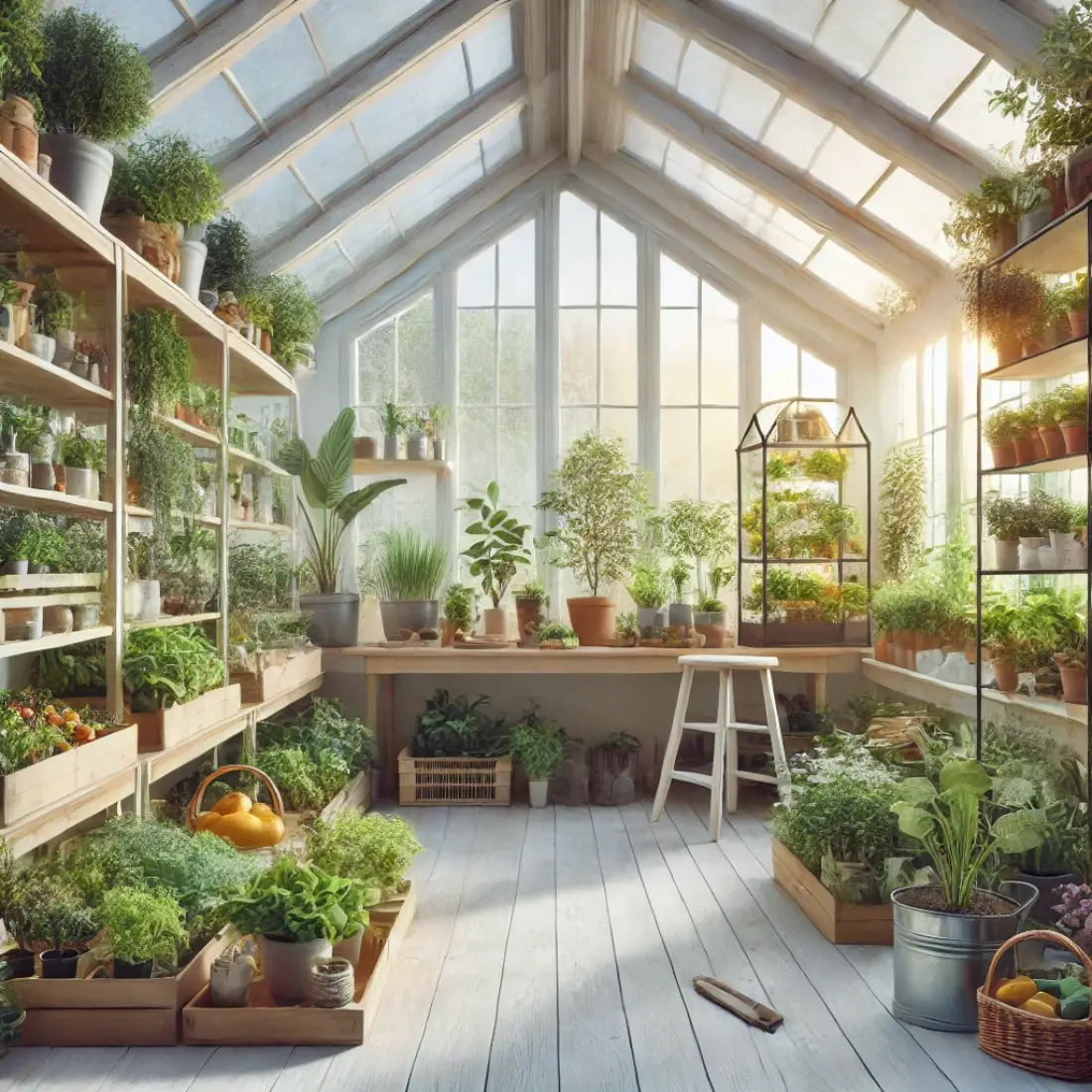
Essential Materials and Tools
Setting up your indoor greenhouse requires gathering the right materials and tools to create a supportive environment for your plants. Here’s a comprehensive list to get you started:
1. Greenhouse Structure
- Shelving Units: Sturdy shelves to hold your plants and equipment.
- Greenhouse Cover: A clear plastic or glass cover to retain humidity and heat.
- Frame: Metal or plastic frames to support the structure.
2. Lighting
- Grow Lights: LED or fluorescent grow lights that provide the full spectrum of light necessary for photosynthesis.
- Timers: Automatic timers to ensure your plants receive consistent light cycles.
3. Containers and Trays
- Pots and Planters: Various sizes of pots depending on the types of plants you are growing.
- Seed Trays: For starting seedlings.
- Water Trays: To catch excess water and prevent messes.
4. Soil and Growing Mediums
- Potting Soil: High-quality soil with good drainage properties.
- Hydroponic Systems: For those who prefer soil-less growing.
5. Watering Systems
- Watering Can: A small can for easy indoor watering.
- Drip Irrigation System: An automated system to provide consistent moisture.
6. Temperature and Humidity Control
- Thermometer: To monitor the temperature inside the greenhouse.
- Hygrometer: To measure humidity levels.
- Fans: To ensure proper air circulation.
- Heaters or Humidifiers: For maintaining optimal temperature and humidity.
7. Miscellaneous Tools
- Pruning Shears: For trimming and maintaining plants.
- Gloves: To protect your hands while working.
- Plant Labels: To keep track of different plant species and varieties.
Setting Up the Structure
Setting up the structure of your indoor greenhouse is a critical step to ensure it provides a stable and conducive environment for your plants.
Assembling the Greenhouse Frame
- Choose a Frame: Select a frame made of durable materials such as metal or high-quality plastic. Ensure it fits the space you’ve chosen.
- Follow Instructions: If you’ve purchased a prefabricated greenhouse kit, follow the manufacturer’s instructions carefully. Typically, this involves connecting the frame pieces using screws or clips.
- Check Stability: Ensure the frame is stable and secure. A wobbly frame can lead to accidents and damage your plants.
Installing Shelves and Supports
- Add Shelving: Place sturdy shelves within the frame to hold your plants. Adjustable shelves are ideal as they allow you to accommodate plants of varying heights.
- Secure Shelves: Make sure the shelves are securely attached to the frame. They should be able to support the weight of pots, soil, and plants without sagging.
Covering the Greenhouse
- Select a Cover: Use a clear plastic cover or glass panels. Plastic covers are lightweight and flexible, while glass panels provide durability and better insulation.
- Attach the Cover: Secure the cover to the frame using clips, ties, or adhesive, ensuring there are no gaps where heat and humidity can escape. If using plastic, ensure it is taut and wrinkle-free.
- Ventilation: Include ventilation options like roll-up windows or vents to control airflow and temperature.
Ensuring Stability and Safety
- Anchor the Structure: If your greenhouse is freestanding, anchor it to prevent it from tipping over. This can be done using weights or by securing it to a wall or the floor.
- Safety Precautions: Make sure the structure is in a safe location where it won’t be easily knocked over or damaged. Ensure there is enough space around it for you to move and work comfortably.
Lighting and Temperature Control
Proper lighting and temperature control are essential for the success of your indoor greenhouse. These elements create an environment that mimics outdoor conditions, promoting healthy plant growth.
Types of Grow Lights
- LED Grow Lights: Energy-efficient and long-lasting, LED grow lights provide the full spectrum of light that plants need for photosynthesis. They produce less heat, reducing the risk of overheating your plants.
- Fluorescent Grow Lights: These lights are cost-effective and ideal for small spaces. They come in various spectrums, making them suitable for different stages of plant growth.
- High-Intensity Discharge (HID) Lights: These are powerful and suitable for larger greenhouses. They produce a lot of light but also generate significant heat, requiring additional cooling measures.
Setting Up Grow Lights
- Light Placement: Position the grow lights above your plants, ensuring even light distribution. The distance between the lights and plants varies depending on the type of light; typically, LED lights should be placed 12-18 inches above the plants, while fluorescent lights can be closer.
- Light Cycles: Use timers to automate light cycles. Most plants need about 14-16 hours of light per day during the growing phase and 8-10 hours during the flowering phase. Adjust the duration based on the specific needs of your plants.
Controlling Temperature and Humidity
- Ideal Temperature: Maintain a temperature range of 65-75°F (18-24°C) for most plants. Use a heater or cooling fan to regulate the temperature if necessary.
- Humidity Levels: Keep humidity levels between 50-70%. Use a hygrometer to monitor humidity and a humidifier or dehumidifier to adjust it as needed.
- Air Circulation: Good air circulation is crucial to prevent mold and pests. Install oscillating fans to ensure even airflow around your plants.
Monitoring and Adjusting
- Thermometer and Hygrometer: Regularly check the temperature and humidity with these tools. Adjust settings as necessary to maintain optimal growing conditions.
Automation: Consider using automated systems to control lighting, temperature, and humidity. These systems can make it easier to maintain a stable environment, especially if you’re away from home.
Choosing the Right Plants
Choosing the right plants for your indoor greenhouse is crucial to ensure success. Certain plants thrive in controlled indoor environments, offering a bounty of fresh produce, herbs, and flowers year-round.
Consider Light Requirements
- Low Light Plants: If your greenhouse receives limited natural light, choose plants that thrive in low light conditions. Examples include ferns, snake plants, and philodendrons.
- High Light Plants: For greenhouses with abundant light, opt for sun-loving plants like tomatoes, peppers, and citrus trees.
Herbs and Vegetables
- Herbs: Many herbs are well-suited for indoor greenhouses. Basil, parsley, mint, and chives grow well indoors and provide fresh ingredients for cooking.
- Leafy Greens: Lettuce, spinach, and kale are excellent choices for indoor gardening. They require minimal space and can be harvested continuously.
- Compact Vegetables: Dwarf varieties of tomatoes, peppers, and cucumbers are ideal for indoor greenhouses. They are bred to grow in confined spaces and produce abundant yields.
Flowering Plants
- Orchids: Orchids thrive in the controlled environment of an indoor greenhouse, offering exotic blooms.
- African Violets: These small, colorful plants are easy to grow indoors and brighten up your greenhouse.
Consider Growth Habits
- Vertical Growth: Choose plants with vertical growth habits if space is limited. Climbing plants like peas and beans can be trained to grow on trellises.
- Bushy Plants: For larger spaces, bushy plants like tomatoes and peppers provide significant yields.
Seasonal vs. Year-Round Plants
- Seasonal Plants: Consider rotating seasonal plants to diversify your greenhouse crops.
- Year-Round Plants: Focus on plants that can grow year-round for a consistent supply of produce.
Soil and Planting Techniques
Organic soil and planting techniques are fundamental for a healthy indoor greenhouse. Begin with organic potting soil, which is free from synthetic chemicals and rich in natural nutrients. Compost is an excellent addition, enhancing soil fertility and promoting healthy plant growth.
When planting, ensure you use organic seeds. These seeds are free from genetic modifications and chemical treatments, ensuring your plants remain truly organic. Practice companion planting to naturally deter pests and boost plant health. For example, planting basil near tomatoes can improve their flavor and repel harmful insects.
Watering and Maintenance
Watering with organic methods involves using rainwater or filtered water to avoid chlorine and other chemicals found in tap water. Watering at the base of the plants helps prevent fungal diseases and ensures the roots absorb maximum moisture.
Regular maintenance includes pruning to promote air circulation and remove diseased or dead foliage. Introducing beneficial insects like ladybugs and predatory mites can naturally control pests. These insects prey on harmful pests, reducing the need for chemical pesticides.
Mulching with organic materials like straw or wood chips helps retain soil moisture, suppress weeds, and add organic matter as they decompose. Regularly rotate crops and introduce new plants to prevent soil depletion and reduce pest buildup.
Fertilization and Growth Support
Organic fertilization focuses on natural nutrient sources. Use compost tea, a nutrient-rich liquid made from soaking compost in water, to provide essential nutrients to your plants. Fish emulsion and seaweed extracts are excellent organic fertilizers that promote robust plant growth.
For growth support, use natural stakes and trellises made from bamboo or untreated wood. These materials are eco-friendly and safe for plants. Incorporate worm castings into your soil, they are rich in nutrients and beneficial microbes that enhance plant growth.
Troubleshooting Common Issues
Organic troubleshooting involves using natural remedies to solve common greenhouse issues. For pest control, use neem oil or insecticidal soap made from natural ingredients. These solutions are effective against pests but safe for plants and humans.
To prevent and treat fungal diseases, you can apply baking soda – organic and environmentally friendly. Regularly inspect plants for signs of stress, pests, or diseases, and address issues promptly using organic methods.
For nutrient deficiencies, observe plant symptoms and amend the soil with organic matter like compost or specific organic fertilizers. For instance, yellowing leaves often indicate a nitrogen deficiency, which can be corrected with compost or manure.
FAQs about Indoor Greenhouse
What are the best organic fertilizers for indoor plants?
Some of the best organic fertilizers include compost, worm castings, fish emulsion, and seaweed extracts. These provide essential nutrients naturally and promote healthy plant growth.
How do I control pests in my organic indoor greenhouse?
Control pests by introducing beneficial insects like ladybugs and predatory mites, using neem oil or insecticidal soap, and practicing good garden hygiene to prevent pest infestations.
What plants grow best in an indoor greenhouse?
Herbs like basil, parsley, and mint, leafy greens such as lettuce and spinach, and compact vegetables like cherry tomatoes and peppers are well-suited for indoor greenhouses.
How do I ensure proper lighting for my indoor greenhouse?
Use LED or fluorescent grow lights to supplement natural light. Position the lights above the plants and use timers to maintain consistent light cycles, typically 14-16 hours of light per day.
How often should I water my indoor greenhouse plants?
Watering frequency depends on the plant species and environmental conditions. Generally, water when the top inch of soil feels dry. Use rainwater or filtered water to avoid chlorine and other chemicals.
What temperature should I maintain in my indoor greenhouse?
Maintain a temperature range of 65-75°F (18-24°C) for most plants. Use heaters or fans to regulate temperature as needed.
How do I manage humidity levels in my indoor greenhouse?
Keep humidity levels between 50-70%. Use a hygrometer to monitor humidity and a humidifier or dehumidifier to adjust levels as necessary.
Can I grow fruit in my indoor greenhouse?
Yes, many dwarf varieties of fruit trees, such as lemons and strawberries, can thrive in an indoor greenhouse with proper care and lighting.
How do I prevent mold and mildew in my indoor greenhouse?
Ensure good air circulation with oscillating fans, avoid overwatering, and maintain proper humidity levels. Regularly inspect plants and remove any affected foliage promptly.

